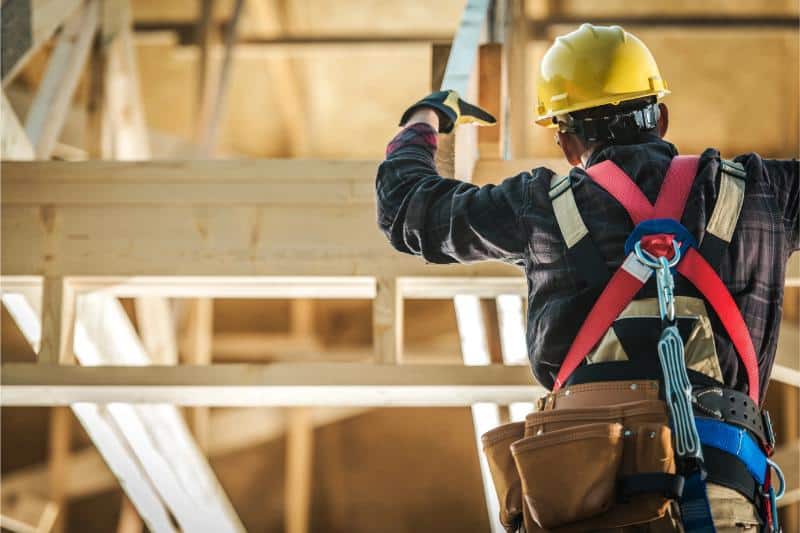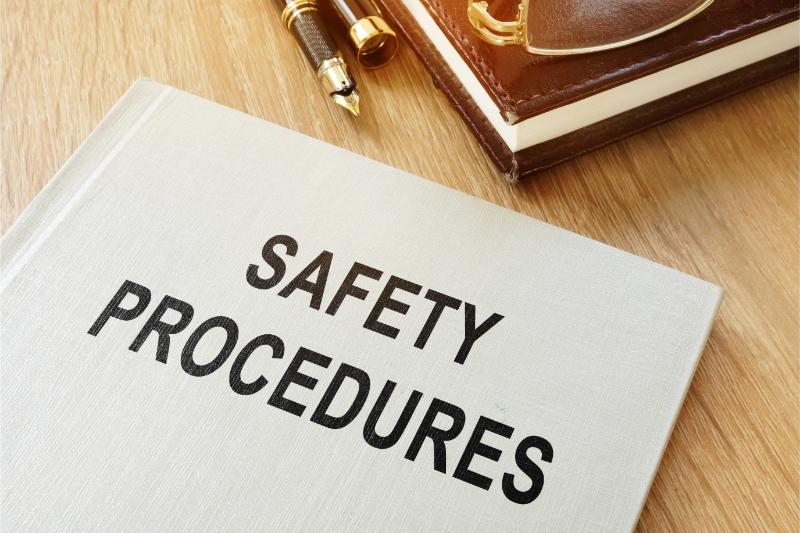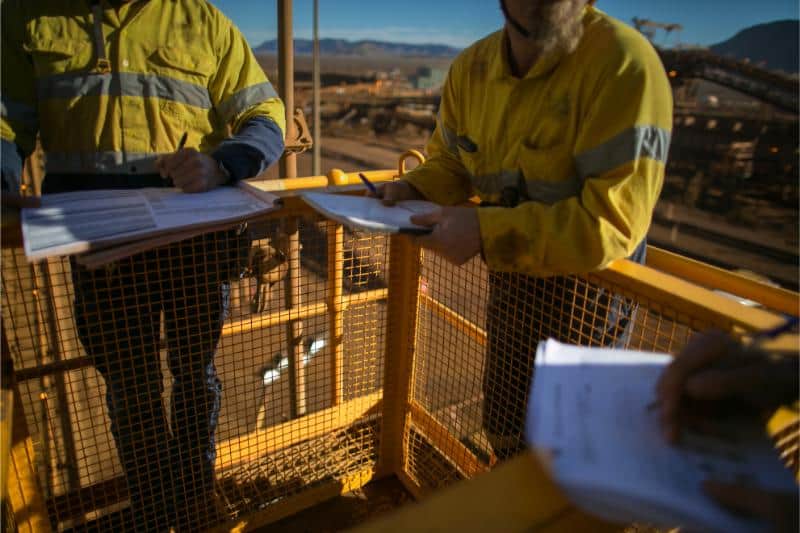Understanding the Landscape of Construction Compliance
Phoenix, Arizona, presents a unique regulatory environment for construction companies operating within its boundaries. Local, state, and federal safety regulations intersect, creating a complex web of compliance requirements. Navigating this intricate landscape is crucial, as staying compliant not only avoids hefty fines but also ensures the safety and success of construction projects.
The city of Phoenix has its own set of zoning laws and building codes that must be adhered to, in addition to the state-level regulations enforced by the Arizona Division of Occupational Safety and Health (ADOSH). Overlaying these local and state mandates are the federal guidelines set forth by the Occupational Safety and Health Administration (OSHA), which serve as the foundation for workplace safety standards nationwide.
Top Compliance Challenges Facing Construction Companies
Construction companies in Phoenix face a myriad of compliance hurdles, each with its own set of potential pitfalls. One of the most significant challenges is understanding and adhering to OSHA requirements, which cover everything from personal protective equipment (PPE) to fall protection systems and excavation safety.
Another common compliance obstacle is managing local zoning laws and building codes, which can vary greatly depending on the project location and scope. Failure to comply with these regulations can result in costly delays, fines, and even project shutdowns.
Decoding Safety Regulations: It’s More Than Just a Checklist
Successful compliance is more than just ticking off boxes on a checklist; it requires a deep understanding and commitment to creating a culture of safety and compliance within the organization. Simply going through the motions of checking off requirements is not enough – true compliance means embedding safety practices into every aspect of the construction process, from planning and execution to monitoring and reporting.
Building a culture of safety starts with strong leadership that prioritizes compliance and empowers all team members to take an active role in identifying and mitigating potential hazards. It involves continuous training, open communication, and a willingness to adapt and improve processes as needed.
Training and Education: The Foundation of Compliance Mastery
Ongoing training and education are essential pillars of compliance mastery in the construction industry. Equipping your workforce with the knowledge and skills necessary to navigate complex regulations is crucial for ensuring adherence and minimizing incidents on the job site.
Invest in comprehensive training programs that cover the latest OSHA standards, local building codes, and industry best practices. Consider pursuing certifications such as the OSHA Outreach Training Program, which provides valuable education on construction safety and health hazards.
Leveraging Technology for Streamlined Compliance
In today’s digital age, construction companies can leverage a wealth of technological tools to simplify and enhance their compliance efforts. Mobile apps, integrated management systems, and data analytics platforms offer powerful solutions for tracking, reporting, and managing compliance across multiple projects.
These cutting-edge technologies can automate many of the manual processes associated with compliance, reducing the risk of human error and ensuring accurate, up-to-date documentation. Additionally, they can provide real-time insights and alerts, empowering teams to take proactive measures and address potential issues before they escalate.
Crafting a Robust Internal Compliance Audit Program
Establishing and maintaining an internal compliance audit program is a critical component of construction compliance mastery. A well-designed audit plan can identify gaps and areas for improvement, enabling your organization to stay ahead of potential violations and maintain a strong culture of safety.
An effective audit program should encompass all aspects of compliance, from job site inspections to document review and employee interviews. Develop a comprehensive audit schedule that covers all areas of your operations, and ensure that audits are conducted by trained professionals with a deep understanding of the relevant regulations.
Audit Plan Components
- Planning: Define the scope, objectives, and timeline for each audit.
- Execution: Conduct thorough inspections, document reviews, and employee interviews.
- Reporting: Document findings and recommendations in clear, actionable reports.
- Follow-up: Implement corrective actions and monitor progress towards resolving identified issues.
Engaging with Local Experts: A Pathway to Compliance Success
While internal efforts are crucial, partnering with local compliance experts can provide invaluable insights and guidance tailored to the unique requirements of the Phoenix construction
landscape. These professionals have in-depth knowledge of the region’s specific regulations and can offer practical strategies for navigating the complexities of compliance.
When selecting a consultant, prioritize those with extensive experience working with construction companies in the Phoenix area. Look for firms that have a proven track record of success and can provide references from satisfied clients.
Staying Ahead: Adapting to Evolving Regulations
The regulatory landscape in the construction industry is constantly evolving, with new standards and updates being introduced regularly. Staying ahead of these changes is crucial for maintaining compliance and avoiding costly violations.
Implement a proactive approach to monitoring regulatory updates at the local, state, and federal levels. Subscribing to industry publications, attending seminars and webinars, and maintaining memberships with relevant associations can help you stay informed about emerging trends and impending changes.
Creating a Safety-First Culture Across Your Projects
Fostering a safety-first culture within your construction company is not only a key component of compliance mastery but also a strategic investment in the long-term success of your business. By embedding safety and compliance into every aspect of your operations, you create a robust foundation that supports employee well-being, project efficiency, and your company’s reputation.
Strategies for cultivating a safety-first culture include:
- Leadership commitment: Ensure that senior management actively promotes and prioritizes safety and compliance.
- Employee engagement: Encourage open communication and empower employees to identify and report potential hazards.
- Continuous improvement: Regularly review and update safety policies and procedures based on feedback and industry best practices.
- Recognition and rewards: Celebrate achievements and recognize individuals and teams who exemplify a commitment to safety and compliance.





